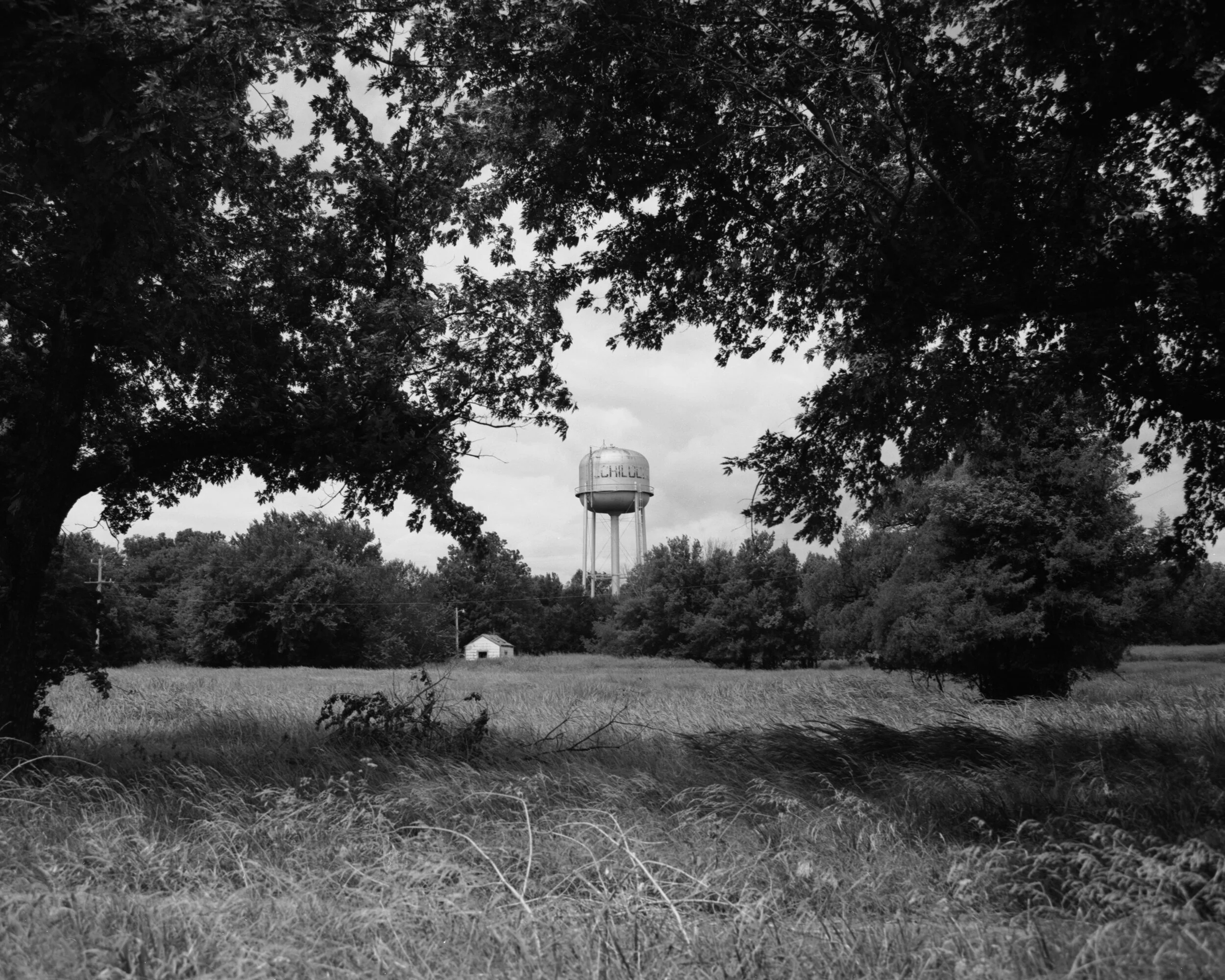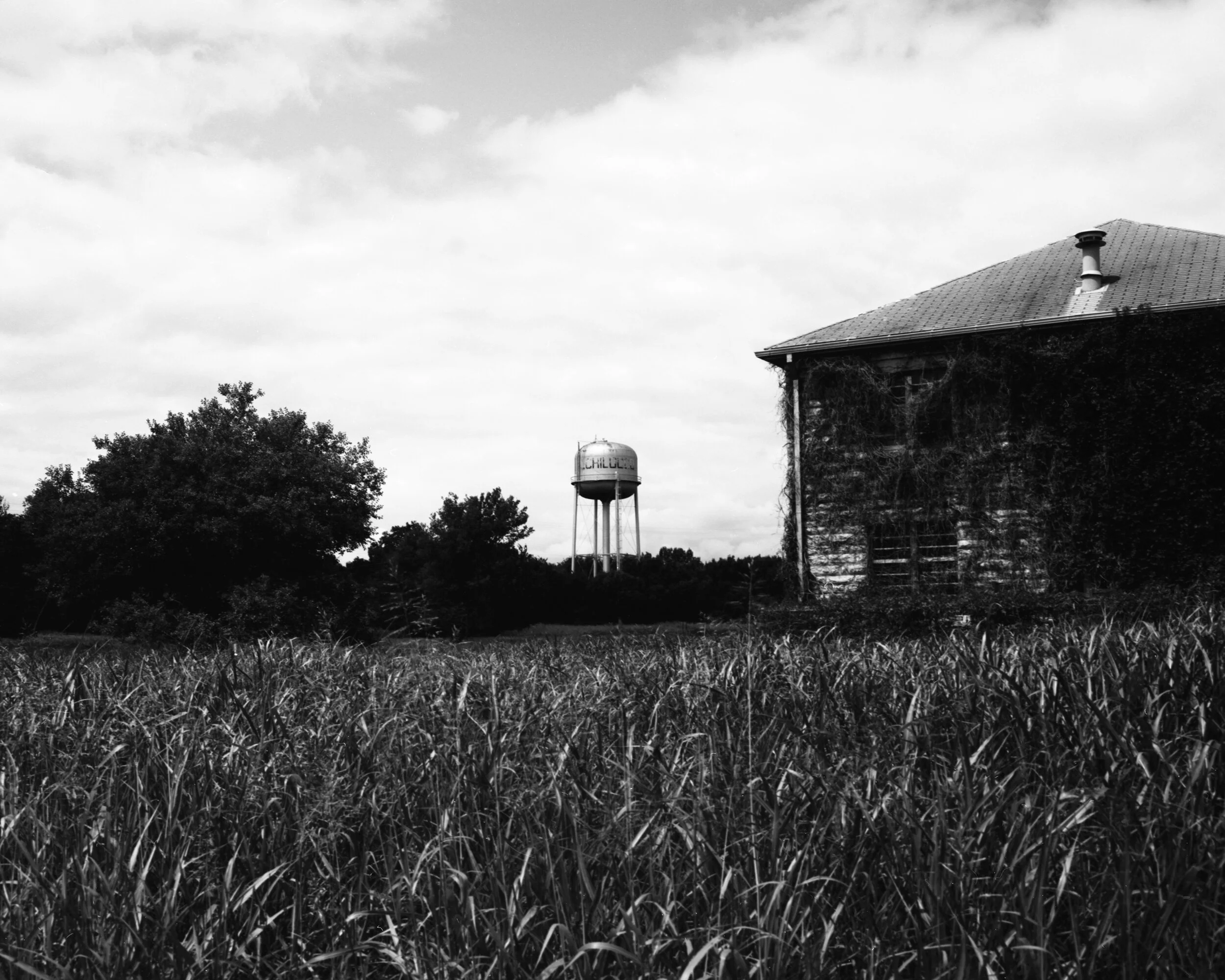Chilocco Indian Agricultural School, opened in 1884 and operating until 1980, stood just over the Kansas border in north-central Oklahoma. Chilocco was an off-reservation residential boarding school - a school system made popular (to the tune of over 350+ schools, 83 in Oklahoma alone) in the late 19th century. This was a means for the federal governments of the U.S. and Canada to funnel young Indigenous people away from their families, culture and language and assimilate them into white culture. The resounding motto of these schools was “kill the Indian, save the man,” as famously uttered by Captain Richard Pratt in the same speech in which he espoused that “the only good Indian is a dead one.” The schools were typically government funded, but operated by the Catholic church. By 1920, with the Indian Act, it became compulsory for all Indian children to attend these schools and there was often punishment for families who hid their children from the residential school system. Once the Great Depression hit rural areas in 1929, attendance spiked as many Indigenous families saw no other way to keep their children clothed and fed. Due to increasing protest about the treatment of students, there was some reform that finally took place at Chilocco in the 1970’s before its doors finally closed in 1980. Upon it’s closing, the land was divided up between 5 local tribes and the land has been used largely for grazing lands while the campus became training grounds for federal law enforcement, up to and including explosives and chemical weapons testing.
Chilocco in particular functioned largely as a working farm on over 8,500 acres in the Cherokee Outlet. Alumni recount militaristic schedules and labor camp-like schooling experiences amid verbal, physical and sexual abuse. A cemetery just off of the school’s main property has only recently come under scrutiny, with 67 unmarked graves of students and counting - with no associated names, date of death or cause of death except the few tracked down by volunteers over the years. Over the near-century Chilocco was in operation, some 18,000+ Native students would pass through its doors, leaving an incredibly complex and often painful legacy in Indian Country. Among the alumni was my grandmother, Elsie (class of 1951), as well as countless extended family members. These images are from a visit to the dilapidated campus in the summer of 2021.
Many of these photographs as well as others and an extended essay can be found in print in the New Territory issue 16: Cut to Joy. The piece is titled Scab on the Prairie: Chilocco Indian Agricultural School.
Previous
Previous
Oklahoma Prairie
Next
Next















